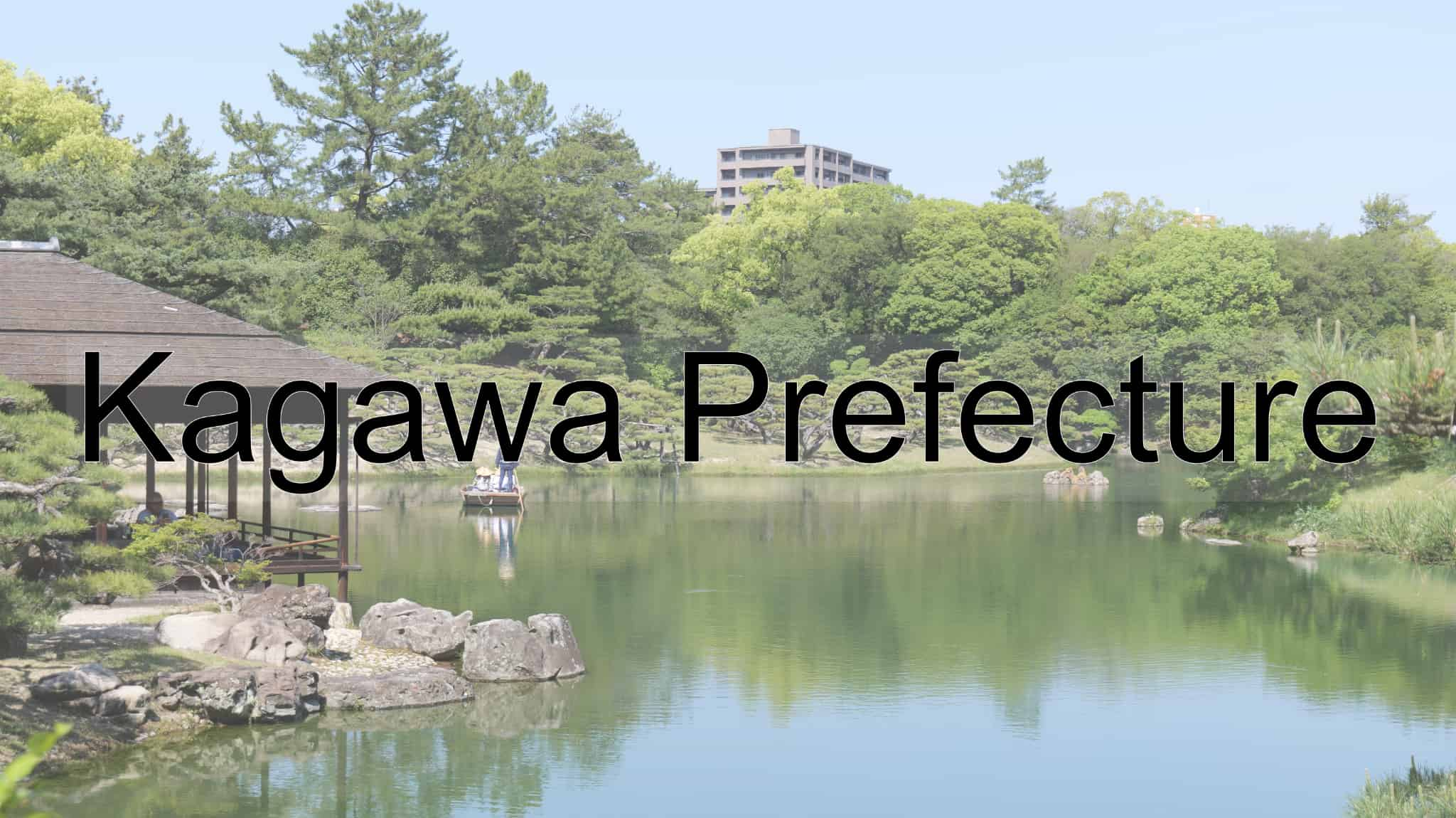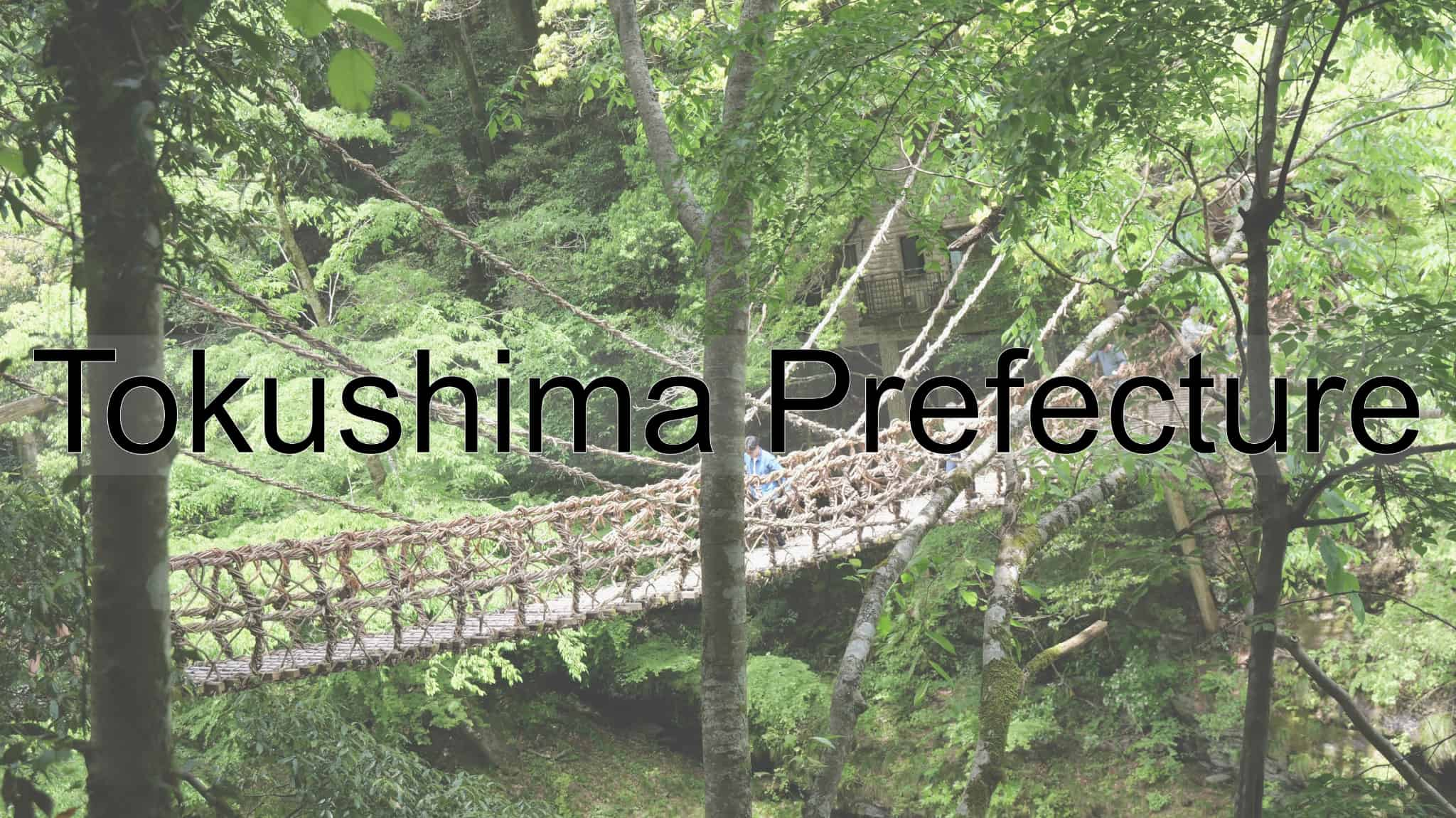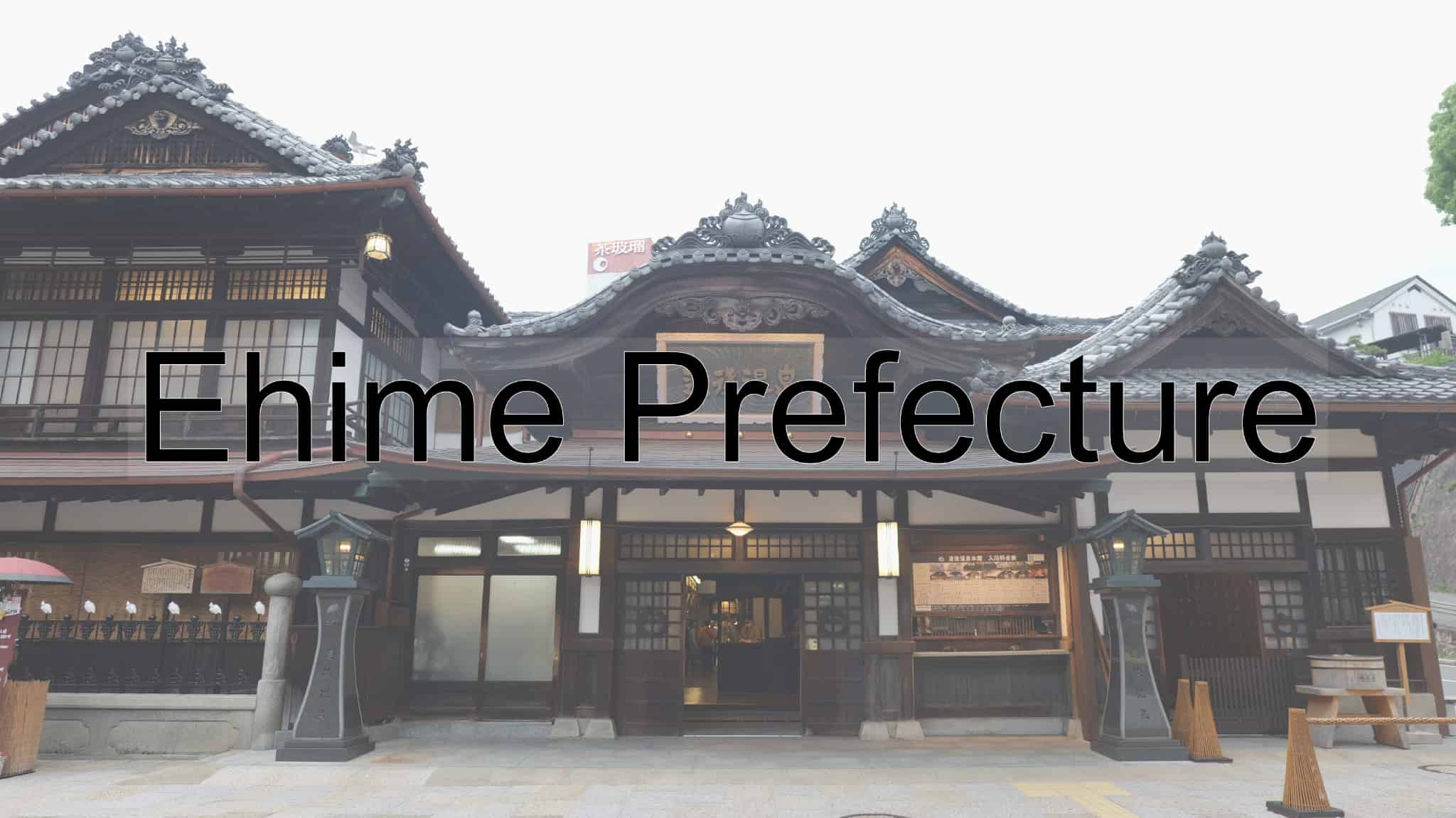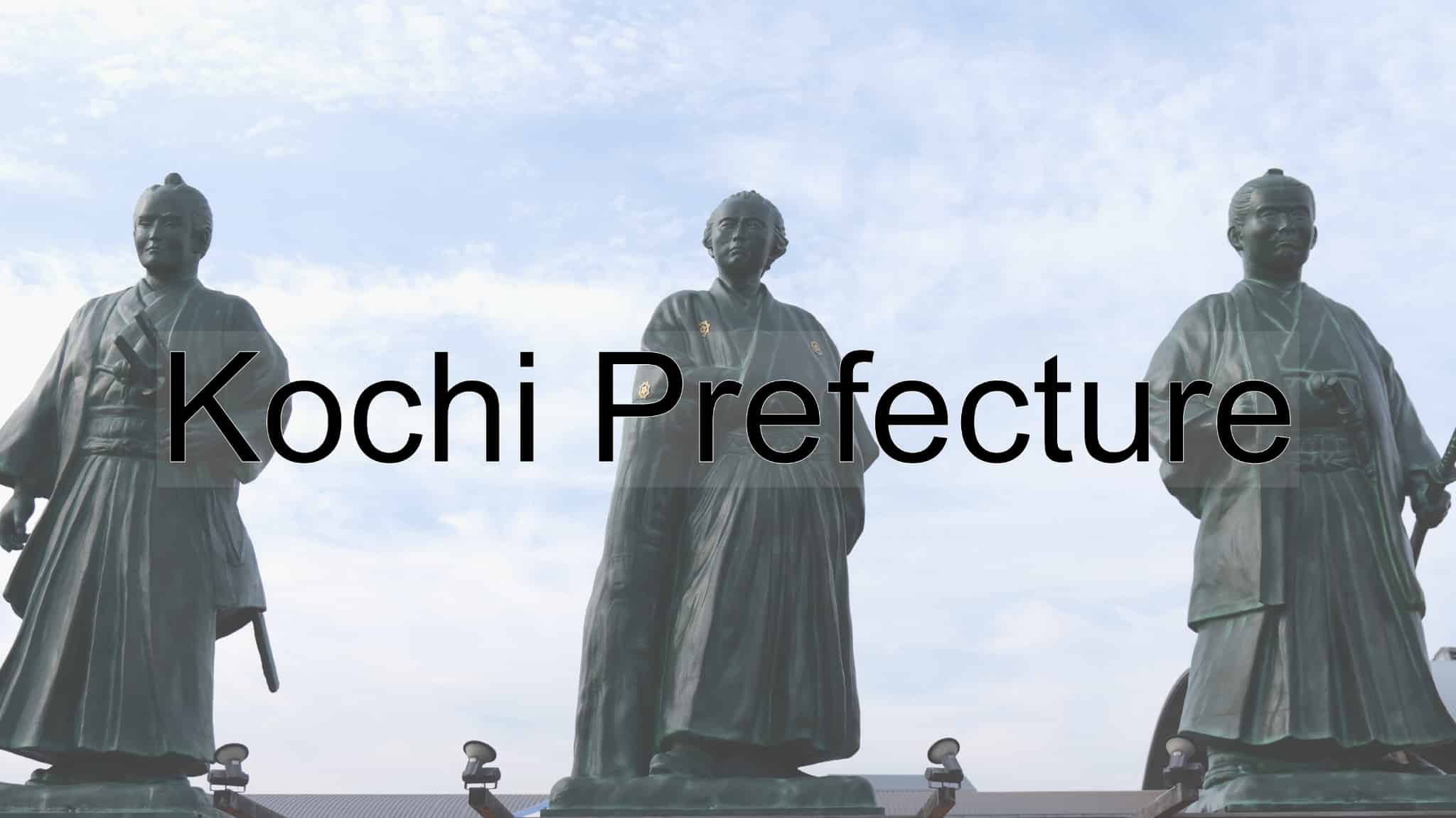Shikoku Region
The Shikoku region of Japan is a beautiful region rich in natural beauty. This is one area of Japan where one can experience a great deal of traditional Japanese culture. It was said that the Shikoku region of Japan had fewer tourists than any other region in the country. However, seeing as the number of (particularly) foreign tourists across Japan has been increasing, so too has the number of people visiting this region.
The Shikoku region is (without a doubt) best known for the 八十八箇所 (hachi-jū-hachi-ka-sho). These are eighty-eight Buddhist temples connected to the Buddhist monk 空海 (kūkai), or 弘法大師 (kōbō-daishi). Kūkai was best known as the founder of the Shingon sect of Buddhism. Many people travel across the Shikoku region, visiting all eighty-eight of Kūkai’s temples. Visiting all the temples one by one will take roughly forty-five days on foot. Whether it be to enjoy the traditional Japanese landscapes or experience traditional Japanese culture, people from foreign tourists to elderly Japanese people set off on this pilgrimage. Known in Japanese as お遍路さん (o-henro-san), the “pilgrims” who visit each one of the eighty-eight temples will not only have their wishes and hopes come true, but are also said to be freed from any evil desires. For those who’d like to set off on this pilgrimage but think that walking the length of the Shikoku region might be too difficult, don’t worry. There are also bus tours that take one around each of Kūkai’s temples, making them easily accessible.
Other than temples full of history, the Shikoku region is also known for having Japan’s oldest 温泉 (onsen—natural hot or boiling water from beneath the earth used for bathing). That onsen is 道後温泉 (dōgo-onsen) in Ehime Prefecture. With a unique design, this particular onsen inspired the bathhouse that appeared in the movie “Spirited Away” by the world-famous animation studio, Studio Ghibli. It’s not just for those with an interest in Japanese culture; those fans of Japanese cartoons will also love Dōgo Onsen.
One traditional performing art Japan is known for is 歌舞伎 (kabuki). There are several kabuki theaters across Japan where this performing art can be enjoyed. Some of the most well-known theatres are in the Kantō region and the Kansai region (where kabuki originated). However, the Shikoku region also has a few kabuki theatres, too. Some of which are full of history. On days when a kabuki performance isn’t taking place, one can, for a small entrance fee, look around these theaters freely. Stepping into any one of these theatres will make one feel as if they’ve slipped back in time. Getting to wander around these theaters freely is a special experience, but getting to see a performance here is also a special (and unforgettable) experience. It doesn’t seem as if many performances are held at the theatres in the Shikoku region, but here one can enjoy an atmosphere unlike any other and enjoy a performance that can only be done here. The kabuki theatres that remain in the Shikoku region are a special part of Japan.
Other than traditional buildings with history behind them, the Shikoku region (like other regions in Japan) also has some wonderful food. Along with noodle dishes such as うどん (udon), 蕎麦 (soba), and ラーメン (ramen), the Shikoku region also boasts a variety of dishes using locally caught fish. It doesn’t stop there, there’s a variety of Japanese food to be enjoyed in the region. However, the delicious food in this region isn’t all Japanese food, there are areas here where Western food is both popular and well-known. One of those Western foods is bread, some of which originated in this region. Part of the fun of visiting the Shikoku region is visiting several bakeries and finding a particular bread that one likes.
The Shikoku region is also known for traditional Japanese handicrafts. These include 団扇 (uchiwa) or traditional fans, 和紙 (washi) or Japanese paper, various types of pottery, and more. There are museums in the Shikoku region where visitors can learn about these handicrafts and gift shops where they can purchase them. Some of these items are used in traditional festivals, as well as in customs related to drinking alcohol. Regardless of the specific item, they all provide a fascinating glimpse into the unique culture of the Shikoku region.
The Shikoku region is a fascinating region of Japan where one (as mentioned above) can experience traditional Japanese culture. For those who’d like to break away from the typical tourist spots in Japan, for those who’d like to see less explored parts of the country, the Shikoku region is a must-visit.
NOTE
If you plan to visit the typical tourist spots, you should have no trouble reaching them by public transportation. However, in the Shikoku region, bus and train services are limited. Renting a car is a more convenient option for exploring this area.



